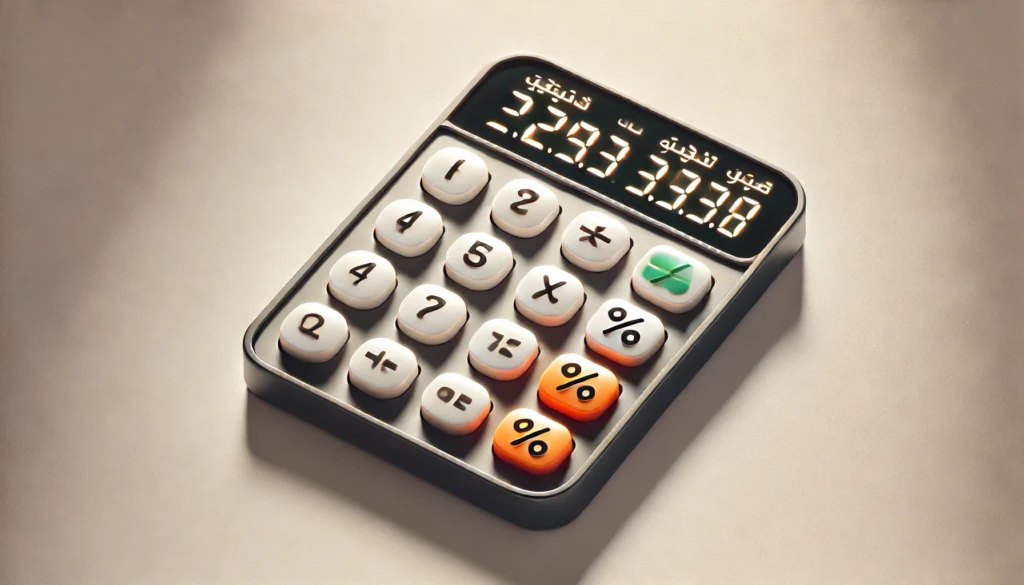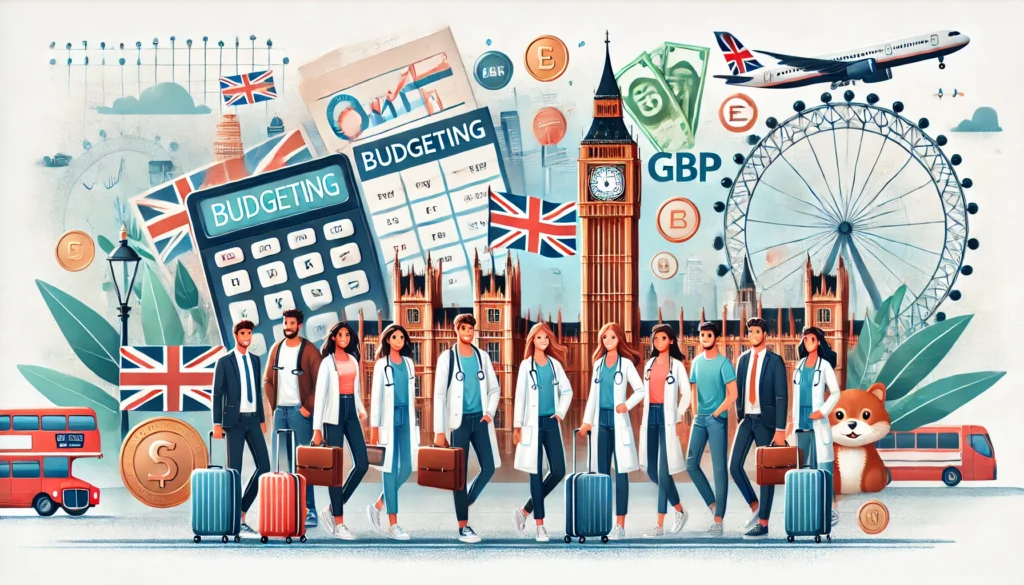Introduction
Art with cultural design in Pakistan is a vibrant and diverse field that encapsulates the rich heritage and traditions of the country. Pakistan, located in South Asia, boasts a history that spans thousands of years, resulting in a unique amalgamation of various cultural influences, including Persian, Central Asian, and Indian. This fusion is vividly expressed through the nation’s art and design, which showcases a captivating blend of colors, patterns, and symbolism.
This essay aims to delve into the various forms of art with cultural design in Pakistan, exploring its historical roots, the significance of traditional crafts, and how contemporary artists incorporate cultural elements into their works. Moreover, it will examine the challenges this artistic realm faces in an ever-changing global landscape.
Historical Perspectives of Art in Pakistan
Art in Pakistan dates back to ancient civilizations like the Indus Valley, which flourished around 2600 BCE. The ruins of Mohenjo-Daro and Harappa reveal the artistic prowess of these early inhabitants, with intricate pottery, sculptures, and seals. Over the centuries, invasions by various dynasties, such as the Mughals, brought forth new Artistic Influences and traditions. The Mughal era, in particular, is celebrated for its exquisite miniature paintings, which portrayed intricate detailing and a refined sense of beauty.
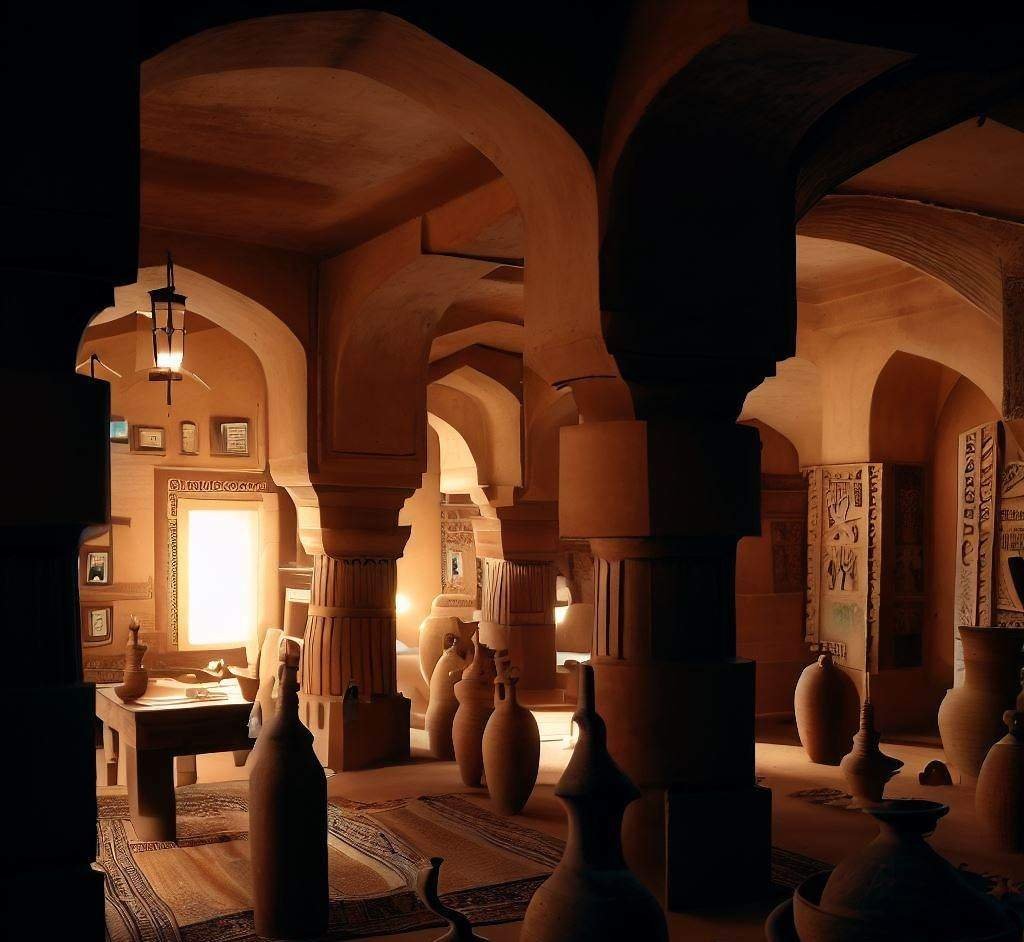
Traditional Crafts and Artistic Expression
In modern-day Pakistan, traditional crafts hold a special place in the people’s hearts and remain an integral part of cultural design. These crafts are passed down through generations, maintaining their authenticity and uniqueness. Some of the prominent traditional crafts include:
- Embroidery: Pakistani embroidery is renowned worldwide for its intricacy and aesthetic appeal. Various regions have distinct styles, such as Sindhi, Balochi, and Phulkari, each showcasing unique patterns and motifs.
- Pottery and Ceramics: The art of pottery has a long-standing history in Pakistan. Potters create beautiful clay pots, dishes, and vases adorned with vibrant designs.
- Woodwork: Wood carving is a craft deeply embedded in the culture, and skilled artisans create exquisite furniture, doors, and decorative items reflecting intricate designs.
- Textiles: Pakistan is celebrated for its textiles, including the famous Ajrak and Sindhi prints. These fabrics often feature symmetrical patterns and bright colors, making them visually striking.
- Calligraphy: Islamic calligraphy is highly valued in Pakistan, with talented calligraphers creating intricate verses from the Quran or other religious texts.
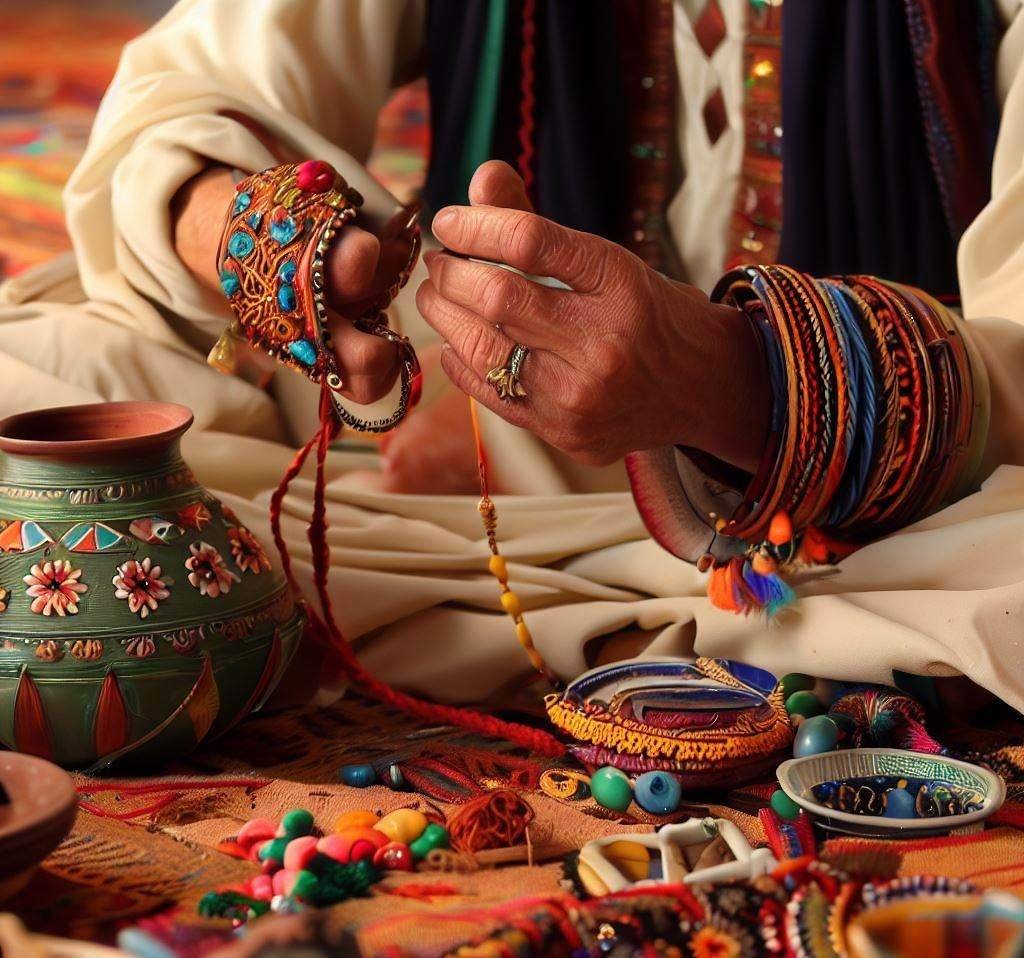
Contemporary Art with Cultural Design
While traditional crafts continue to thrive, contemporary artists in Pakistan increasingly incorporate cultural elements into their works. They use diverse mediums like paintings, sculptures, installations, and digital art to represent Pakistan’s identity and heritage.
One prominent contemporary artist is Rashid Rana, known for his innovative approach to art. Rana’s art often features digital photo mosaics, which, from a distance, appear as realistic images but, upon closer inspection, reveal smaller pictures depicting cultural icons and symbols.
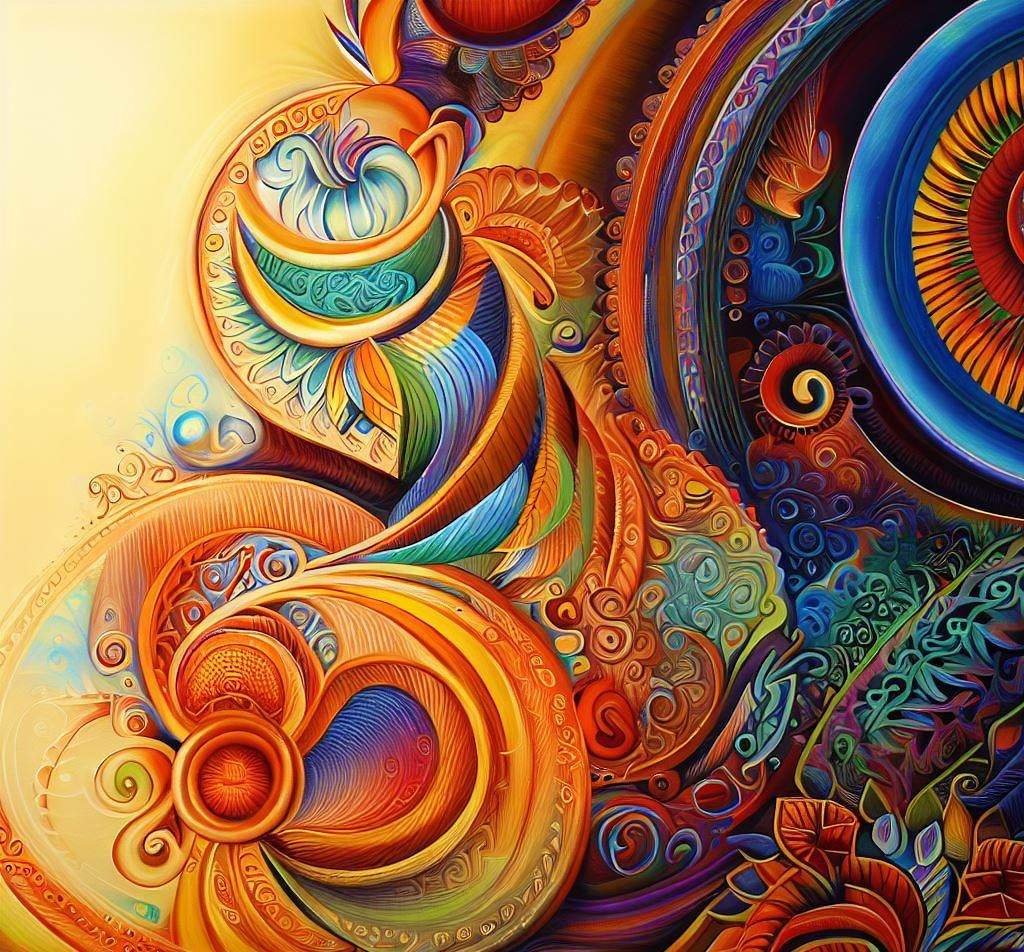
Challenges and Preservation of Cultural Art
Despite its significance, art with cultural design in Pakistan faces several challenges. Rapid urbanization, globalization, and modernization have shifted preferences and reduced patronage for traditional crafts. Mass-produced, inexpensive goods from other countries also threaten the survival of authentic handmade crafts.
Additionally, the lack of formal education and training in traditional art forms has resulted in fewer skilled artisans. This poses a significant risk to preserving Pakistan’s cultural art heritage.
Furthermore, the region’s ongoing geopolitical and socio-economic issues also impact the artistic community. Instability and restricted access to resources hinder the growth and exposure of Pakistani artists on the global stage.
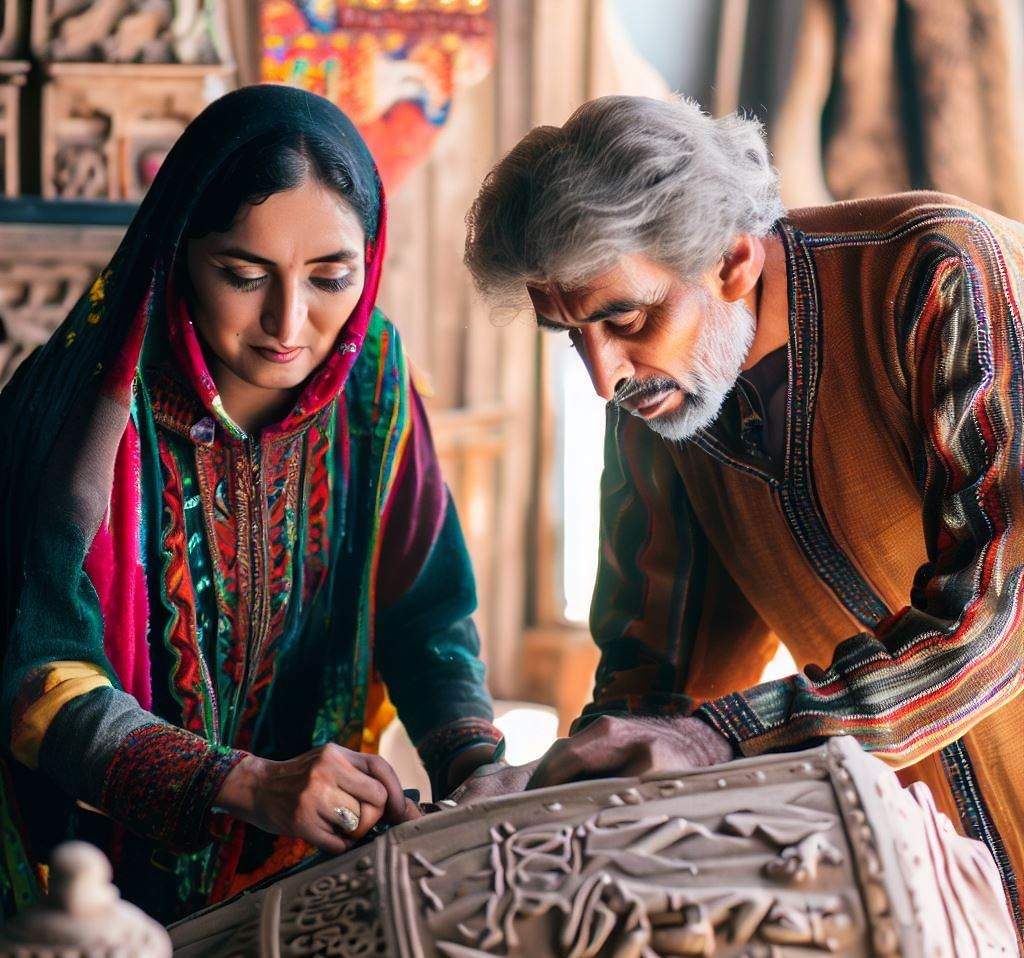
Preserving and Reviving Cultural Art
Various initiatives have been taken to preserve and revive art with cultural design in Pakistan to address these challenges. Few Organizations and private entities have joined to support and promote traditional crafts. These efforts include establishing vocational training centers to educate and train new generations of artisans.
Moreover, cultural exchange programs and international art exhibitions have provided a platform for Pakistani artists to showcase their work globally. These endeavors have created awareness about Pakistan’s art and culture, fostering a deeper appreciation for its uniqueness.






